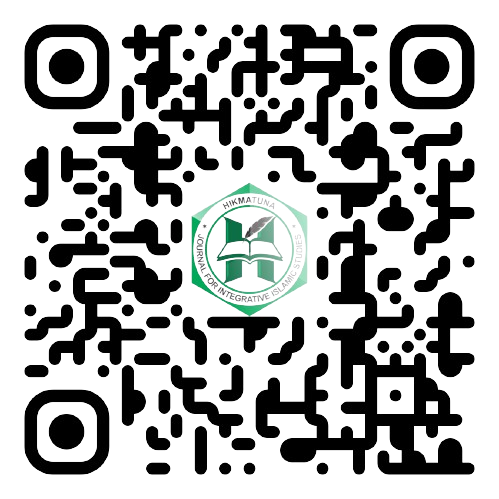The Dialectics of Child Marriage and the Age of Maturity for Marriage: A Qur'anic Exegesis
DOI:
https://doi.org/10.28918/hikmatuna.v9i2.1338Keywords:
Child marriage, maturity, Qur'anic exegesisAbstract
This article aims to analyze the gaps in the study of child marriage from a specific Qur'anic perspective. The primary focus of this study centers on the issue of the concept of marriage maturity in the Qur'an. The central problems addressed involve the practice of child marriage as portrayed in the Qur'anic context and the positioning of marriage maturity during the stage of maturity as per the Qur'an's perspective. To conduct this research, descriptive research methods were employed. This paper aims to delineate child marriage within the Qur'anic context and explore the stages of maturity by examining key phrases related to the concept of maturity found in various Qur'anic verses. The key phrases under consideration include "balāghatul aṭfāl minkum al-hulūm," "balāghun al-nikāh," and "balāgh ashuddah." The research findings reveal that, first, the practice of child marriage, as depicted in the Qur'an, serves as a reflection of the prevailing social conditions and is not to be construed as an endorsement of such practices; second, the maturity required for marriage is defined as the second stage of maturity, where both the physical and psychological aspects are fulfilled, even though individuals may not have reached a state of perfection. This research provides a foundation for arguments advocating the discontinuation of child marriage practices. Such practices are detrimental to developmental progress and infringe upon the rights of children.
Downloads
Published
How to Cite
Issue
Section
License
Copyright (c) 2023 Abd. Holik, Moch. Nurcholis

This work is licensed under a Creative Commons Attribution-ShareAlike 4.0 International License.
















